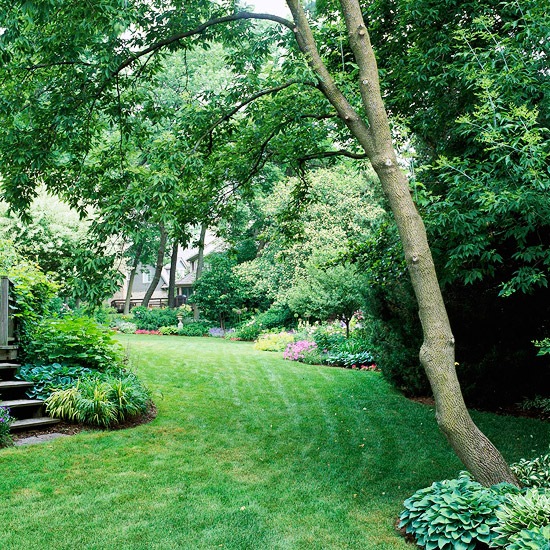






Moles and voles may be out of sight, but they'll be on your mind when they begin to damage your garden. Before going into battle, learn about these burrowing landscaping menaces.
continue reading below
Appearance: Moles are dark gray with blue-black or brown tones. They're built for digging, with a long, pointy snout; narrow, slitlike eyes; large padded feet with cupped claws; and a short, virtually hairless tail. Voles are about the color and size of mice but have a shorter tail. Compared with moles, voles have long front-feet claws, clearly open eyes, and a short snout.
Habits: Moles pass their days and nights digging about underground, whereas voles speed along the earth through established runways in grass, mulch, or ground covers, as well as burrow belowground. Voles gladly take refuge in other creatures' tunnels and are content to excavate nests beneath perennials, eating out a portion of the roots to carve a cozy niche.
Food sources: Moles are insect eaters, feasting on grubs or worms. Although they're often accused of gobbling bulbs, they aren't the guilty party-it's the voles that gorge on bulbs and perennials, eating them from belowground. Chipmunks and squirrels also eat bulbs, but they dig them up before devouring them. Voles gnaw on the bark and small twigs of shrubs and trees, and will munch on new shoots of perennials.
Repel them: Castor oil repellents drive out moles and voles without leaving harmful residues. The liquid form, applied using a hose-end sprayer, proves most economical for treating large lawns or flower beds; apply granular timed-release pellets to a smaller area using a broadcast or rotary spreader.
Eliminate their food source. If numerous grubs are present, consider treating your lawn with insecti-cide to reduce one part of the moles' food source. As a gardener, you can't eliminate the voles' food source, but you can establish an obstacle course that makes it tough for them to get a free meal. Lining planting holes stops most voles, because they don't tunnel deeply into the soil. Encircle bulbs and perennials with hardware cloth (1?4-inch or smaller mesh) at planting. Keep your lawn mowed to limit voles' aboveground traveling lanes.
Trap them. To set a snap trap for moles, you must know which tunnel is actually being used; fresh mounds indicate activity. For voles, mouse- or rattraps baited with peanut butter make quick work of a population. Check traps daily and dispose of animals in the garbage.
Difference between top soil and garden mix
What is efficient and effective way to kill the weeds?
Lawn Care And Landscaping - What Are The Differences?
Difference between In-Ground and Inflatable Swimming Pool
Determinate Tomatoes Vs Indeterminate Tomatoes - What Is The Difference?
T12 T8 T5 Fluorescent Grow Lights - What's the Difference?
What Is A Garden Trellises And How Is It Used In The Garden?
Copyright © www.100flowers.win Botanic Garden All Rights Reserved